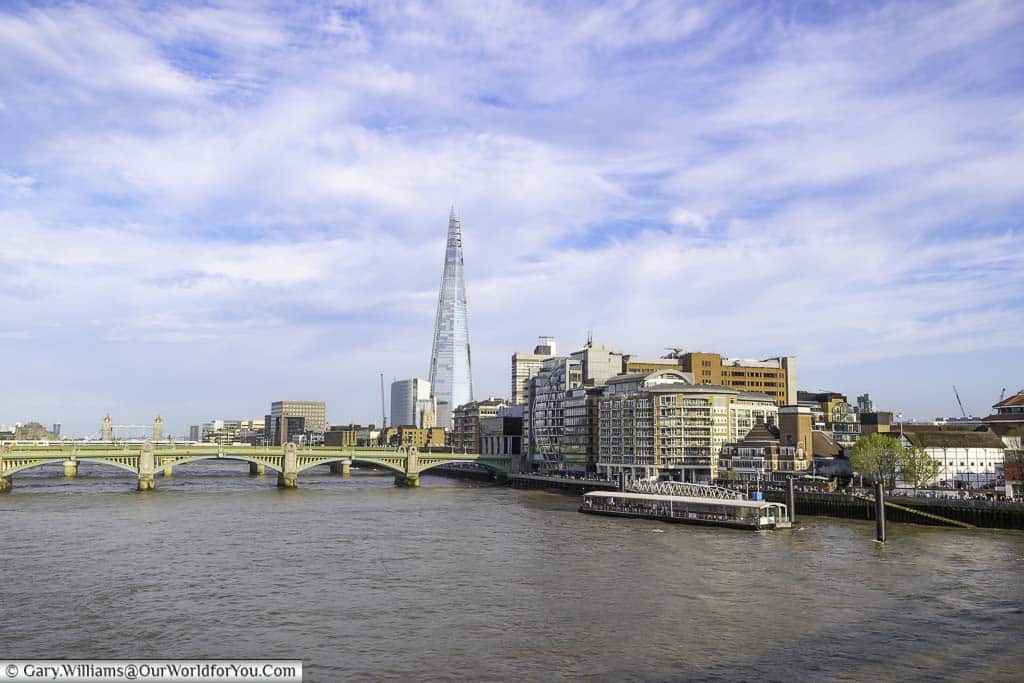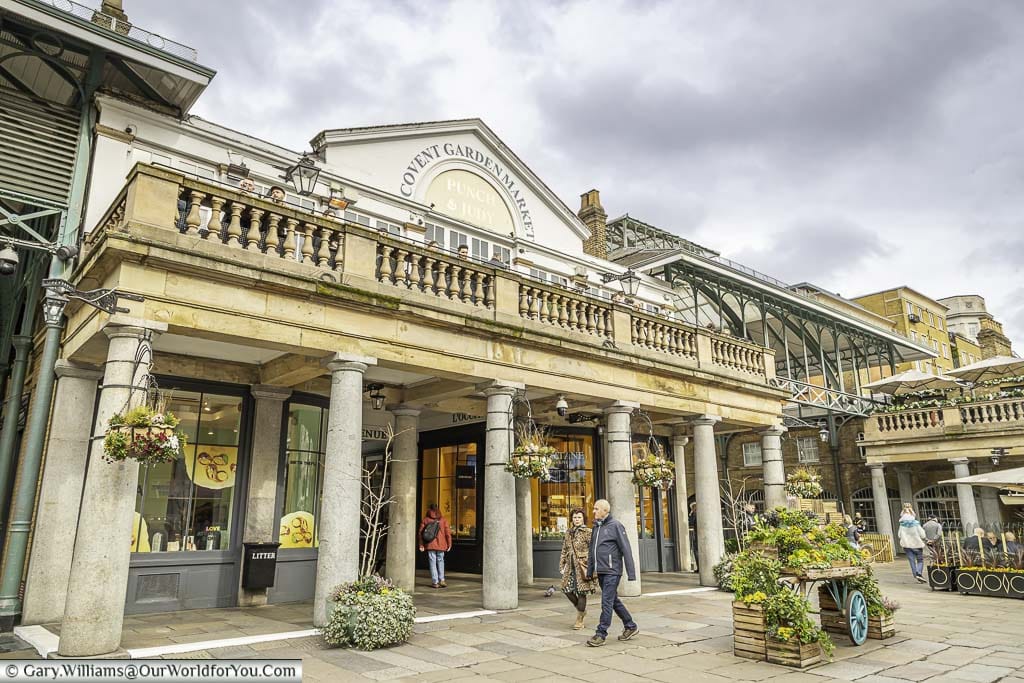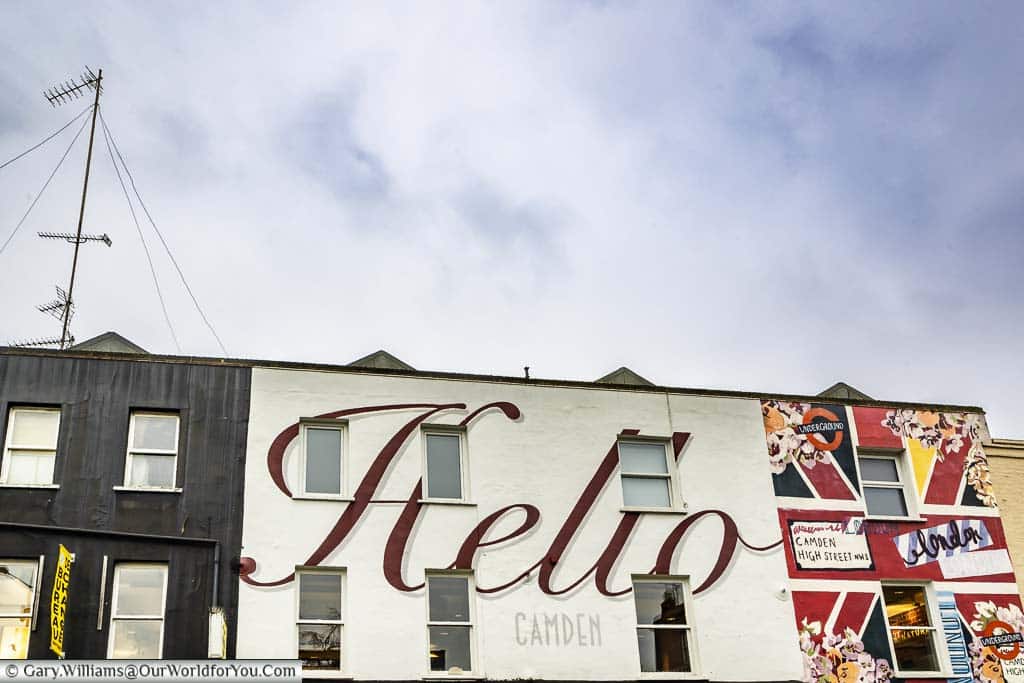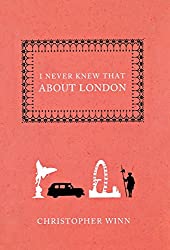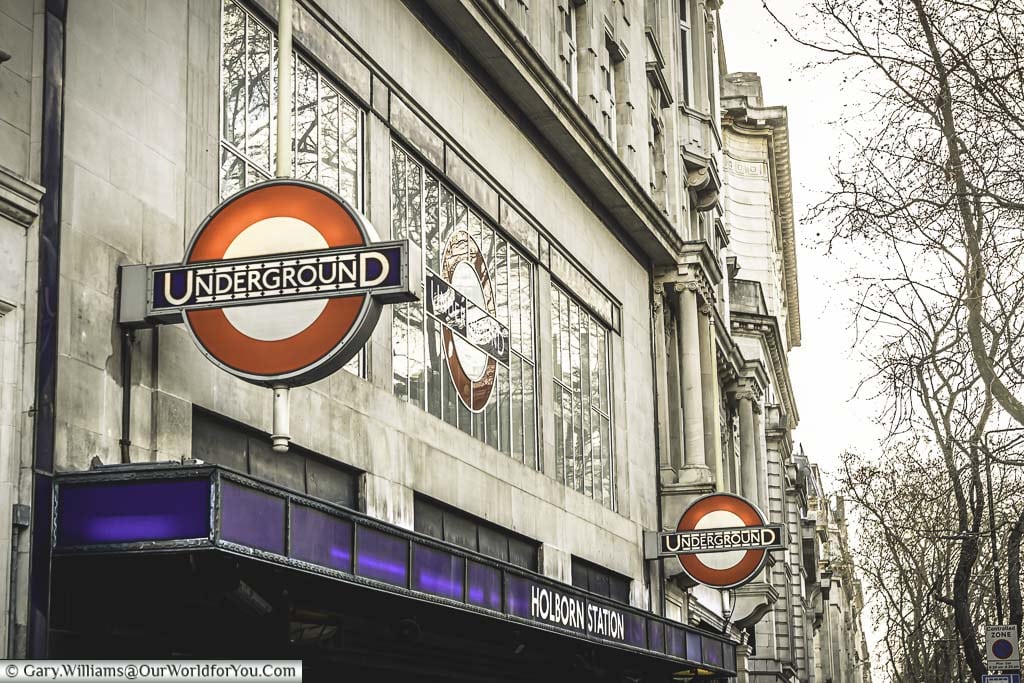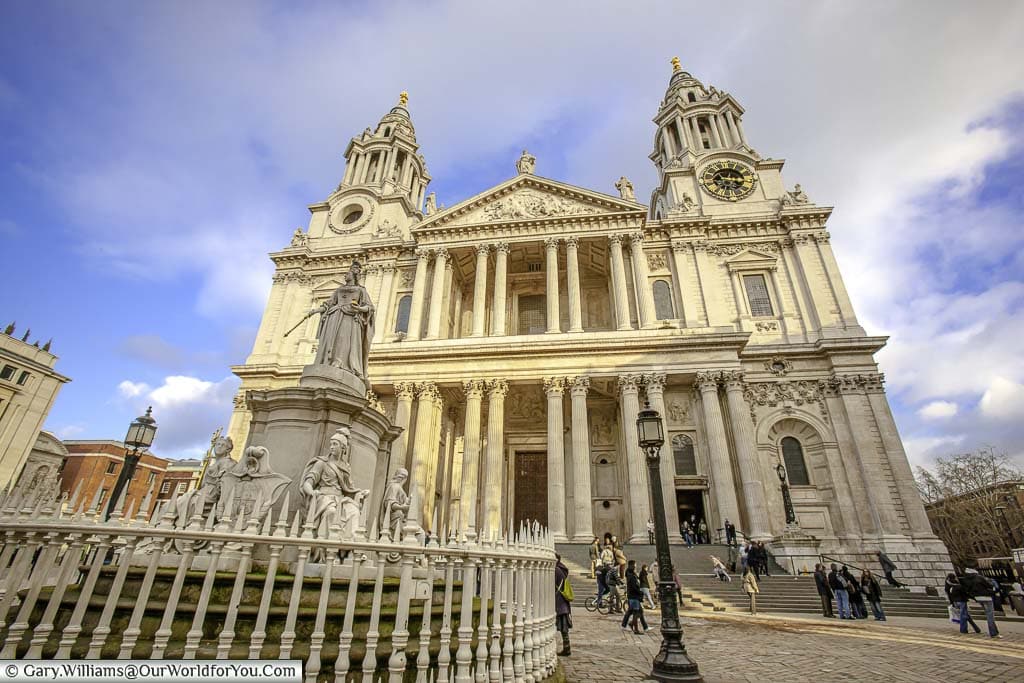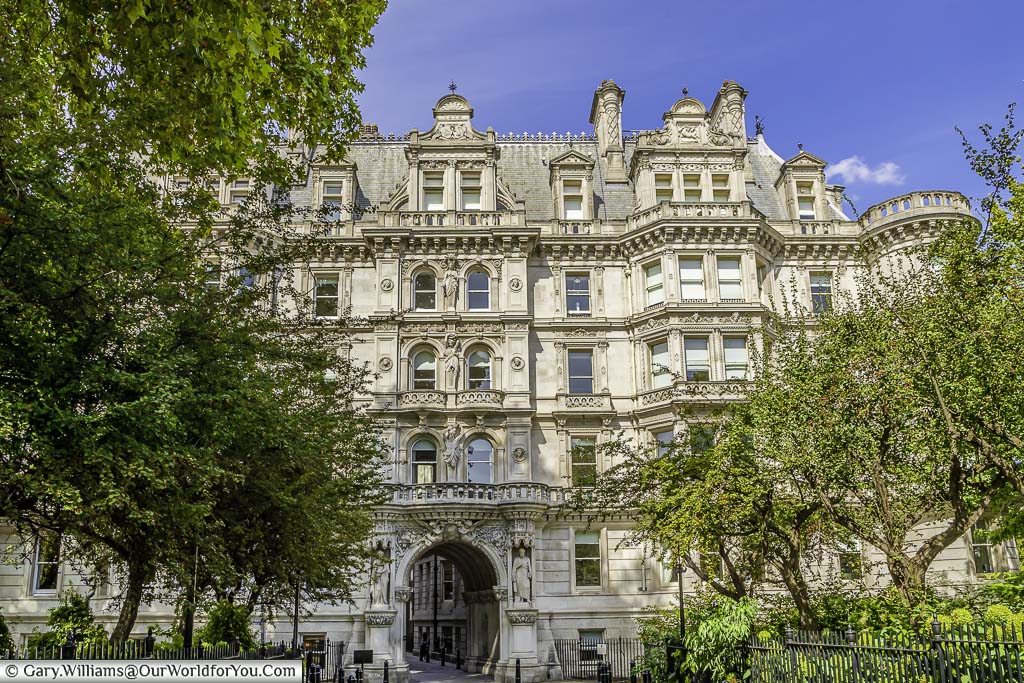Knights, Wigs & Inns
This is an area of London that Gary and I am often drawn to for various reasons.
Despite mentioning Bars and Inns, this story is without alcohol.
Firstly, the intrigue of the Knights Templar and secondly, the maze of flagstone lanes hidden behind ancient wooden doors at the Inns of Court and the barrister’s chambers.
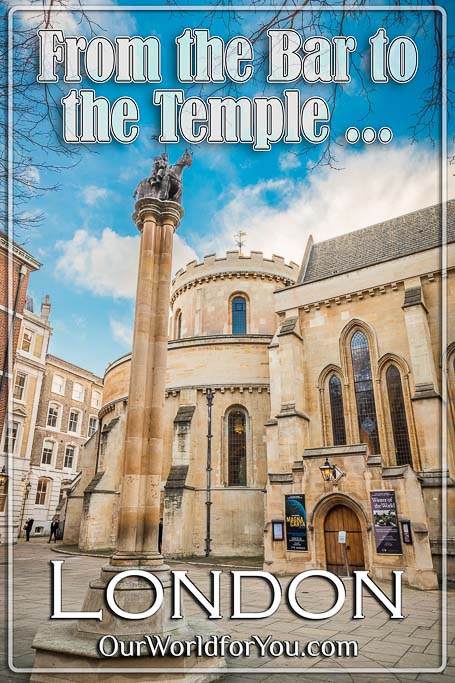
Where is Location?
How to get to Location
- By Tube
You are in 'Zone One' and the nearest stations are Barbican and Farringdon on the Metropolitan , Circle and Hammersmith & City lines or Holborn and St Paul's on the Central .
Don’t forget if you have a contactless bank card, or a card assigned to your phone you tap and pay with that. (For more check out the TFL site(Transport for London))
A walk through London's history
Order!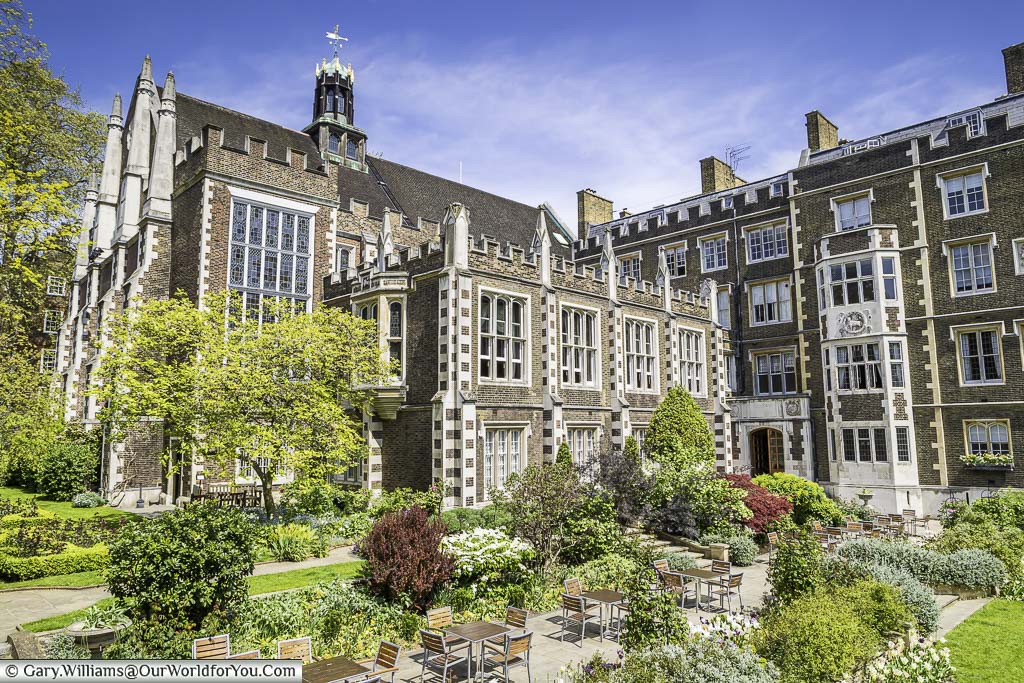
A little London Trivia
Who moved the Bar?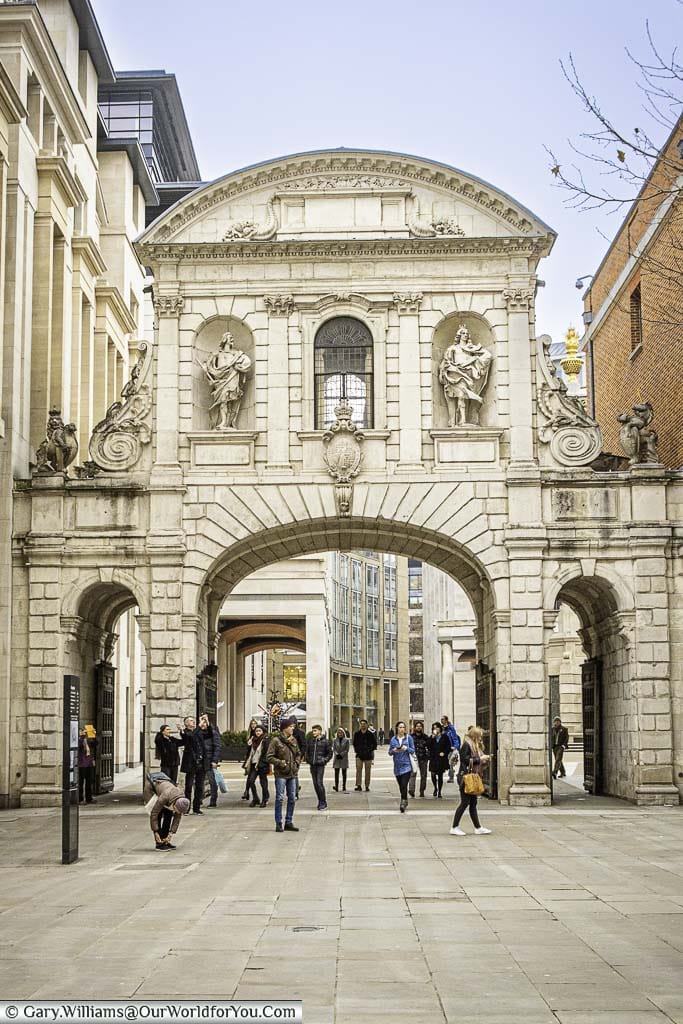
Due to increased traffic flow, in 1878, Temple Bar was dismantled. Bizarrely, it was then purchased and erected on an estate in Hertfordshire, where it remained until 2003.
Due to its importance, in 2004, it was restored and re-erected at the entrance of Paternoster Square next to St Paul’s Cathedral.
Explore London on foot
Legal London
Can you hear the gavel?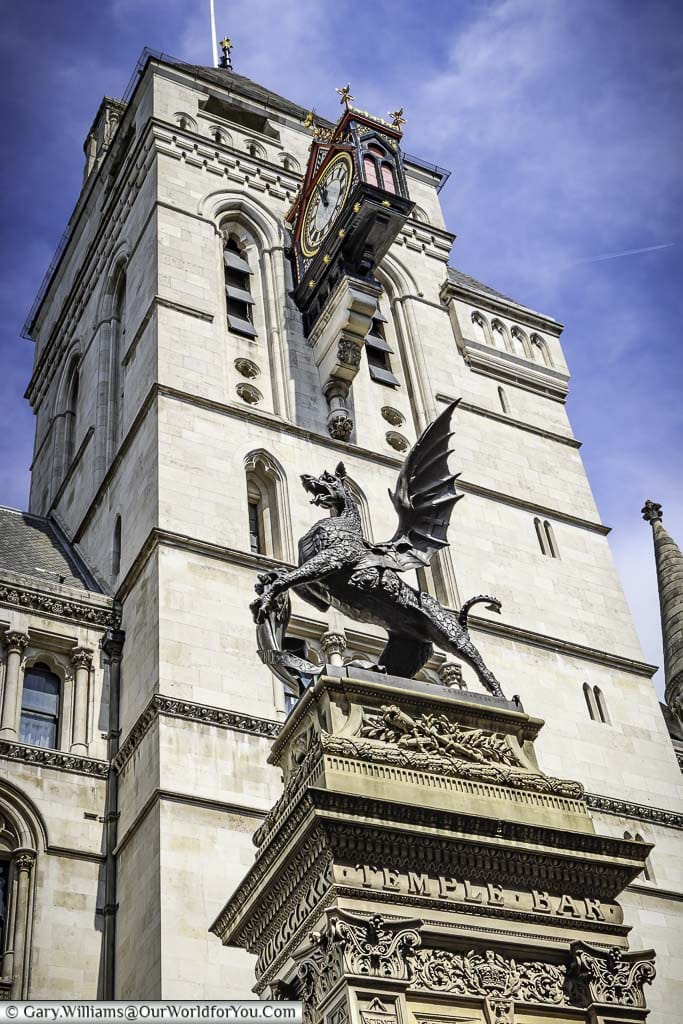
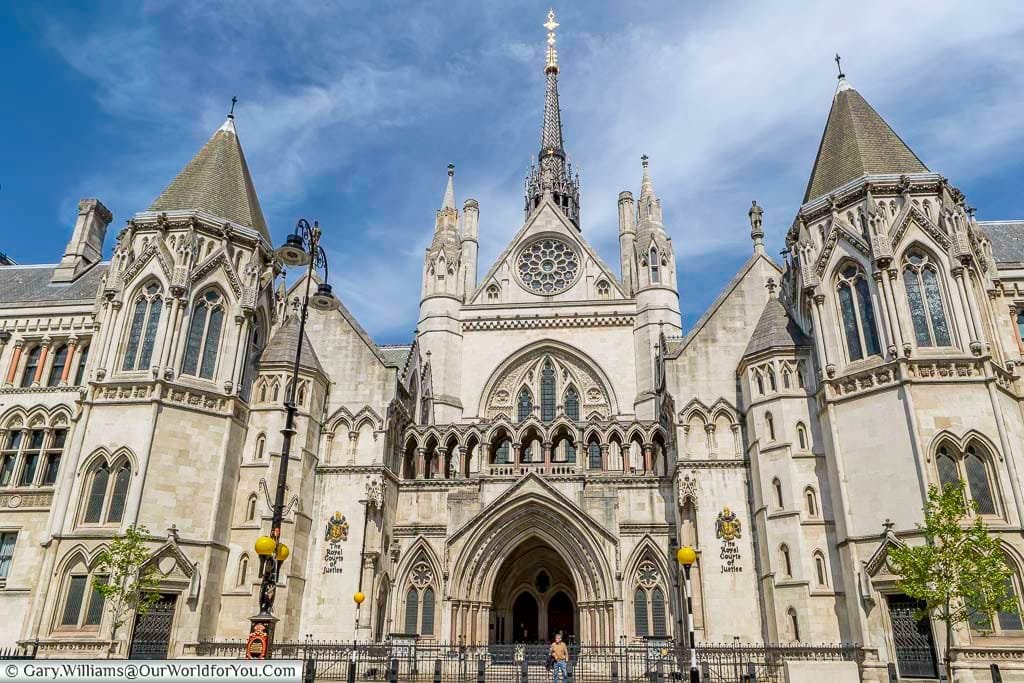
Discovering London
Watch your heels!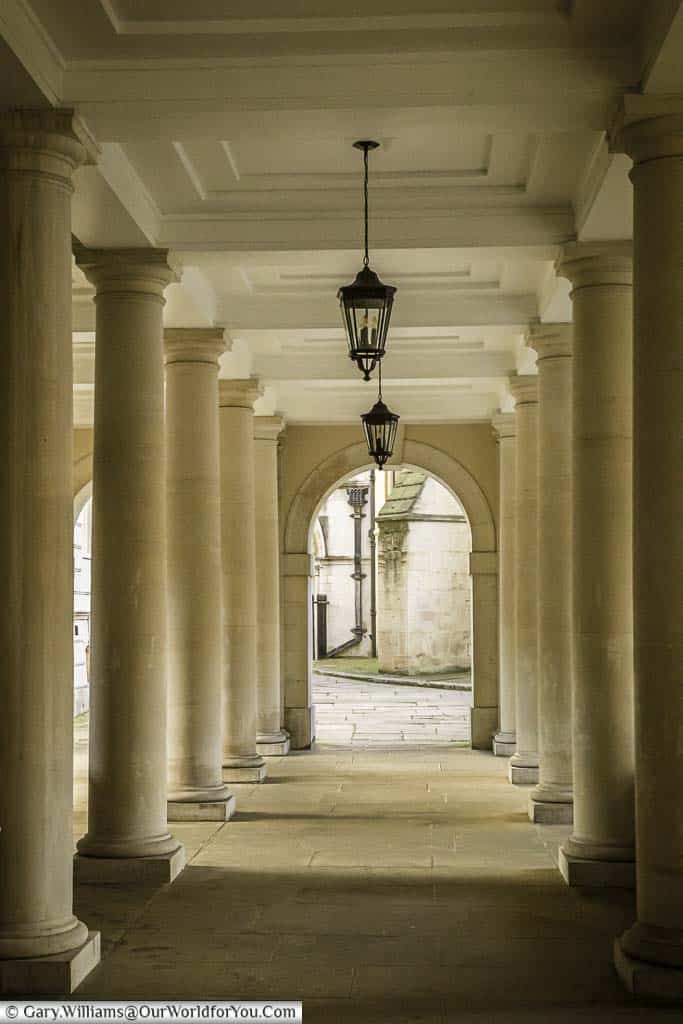
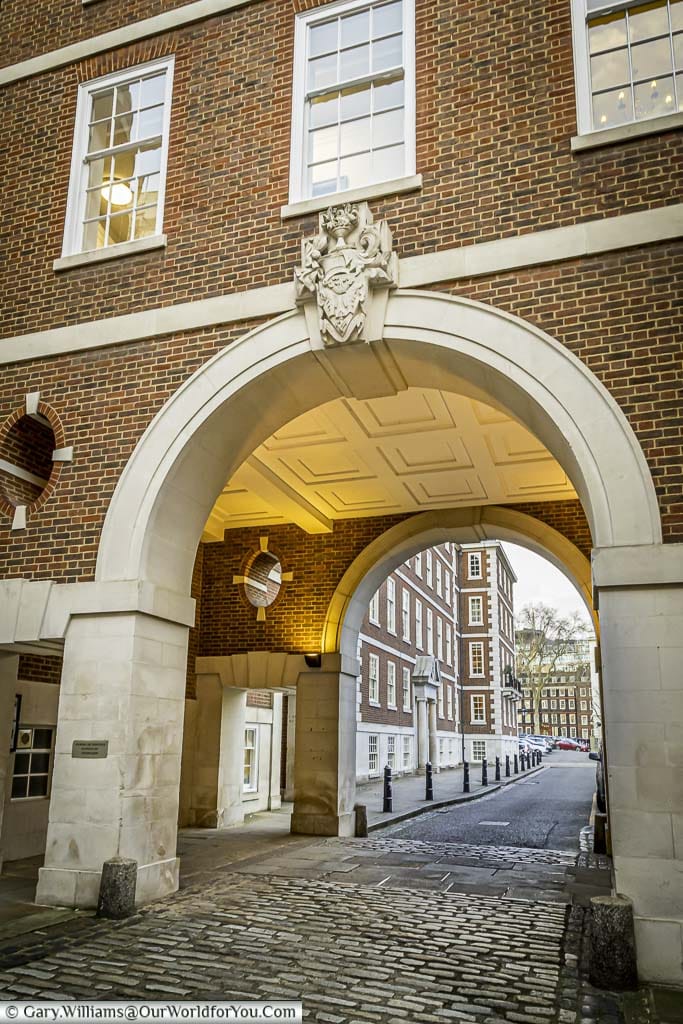
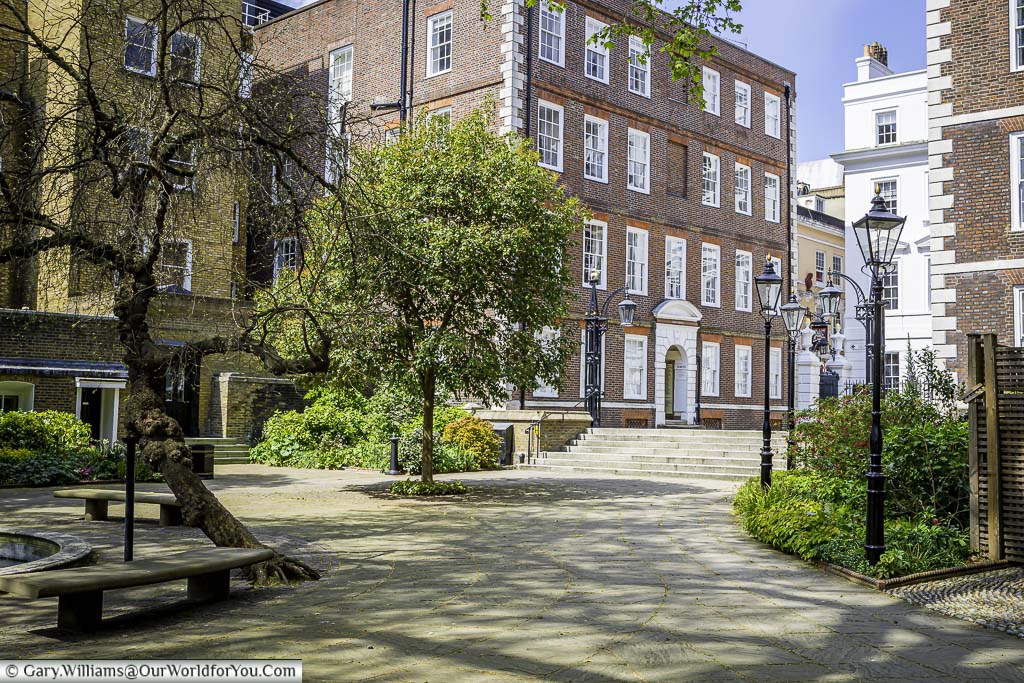
We have a little book on our shelves that we sometimes delve into when we're about to hit an area of London.
Packed full of historical facts, and broken down into the different regions of London, it's a great resource to help you see what's hidden in plain sight.
Available in Kindle & Hardback editions, it's an excellent addition to anyone's collection who loves London.
A hidden gem in London
Lincoln & GrayThe Inns of Court are made up of four professional associations for barristers.
The four Inns are; Lincoln's Inn & Gray’s Inn, which are north of Fleet Street and come under the boundary of the London Borough of Camden and Inner Temple & Middle Temple, which are south of Fleet Street and come under the edge of the City of London. All of which have their own coat of arms.
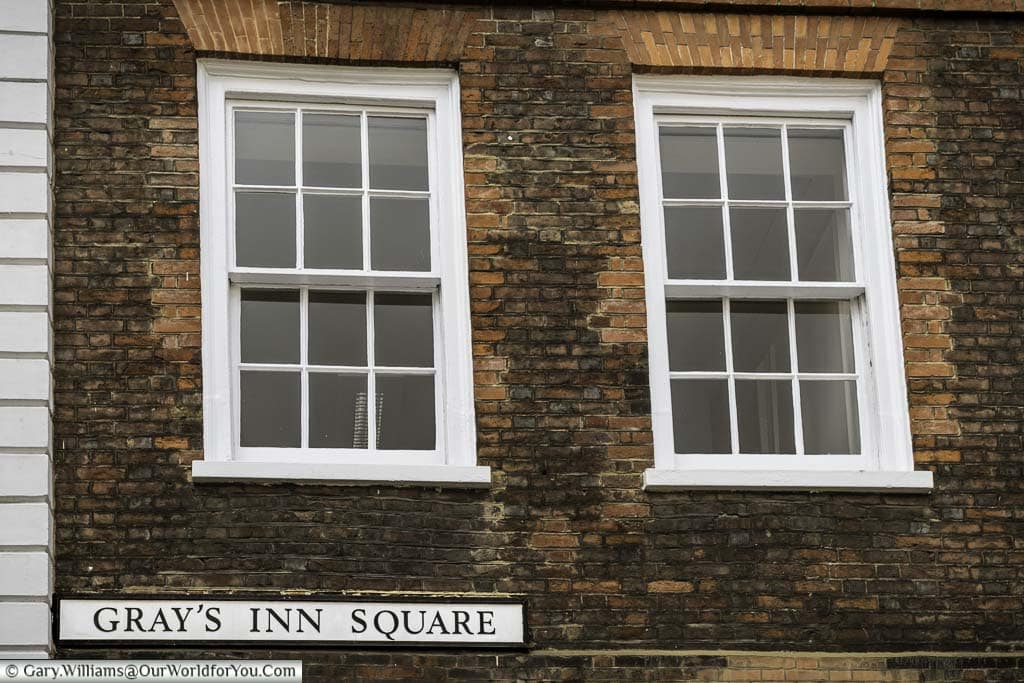
You are free to wander through the Inns of Court and come across chapels, gardens, statues and history just lying at your feet.
Lincoln’s Inn is the largest and can trace its records back to 1422 and Gray’s Inn to 1569.
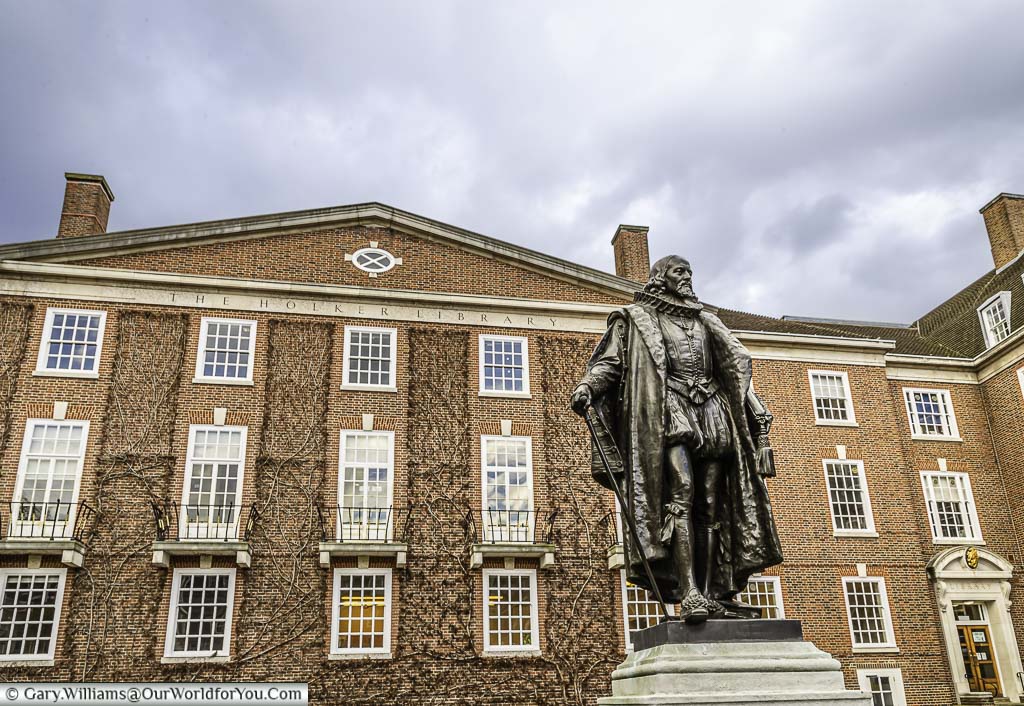
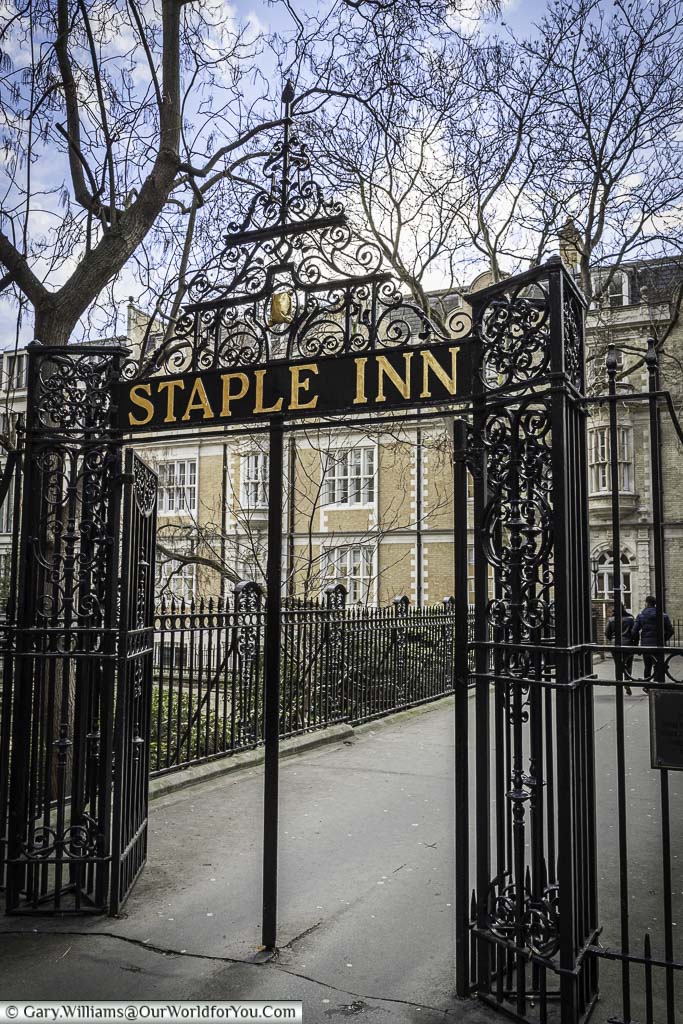
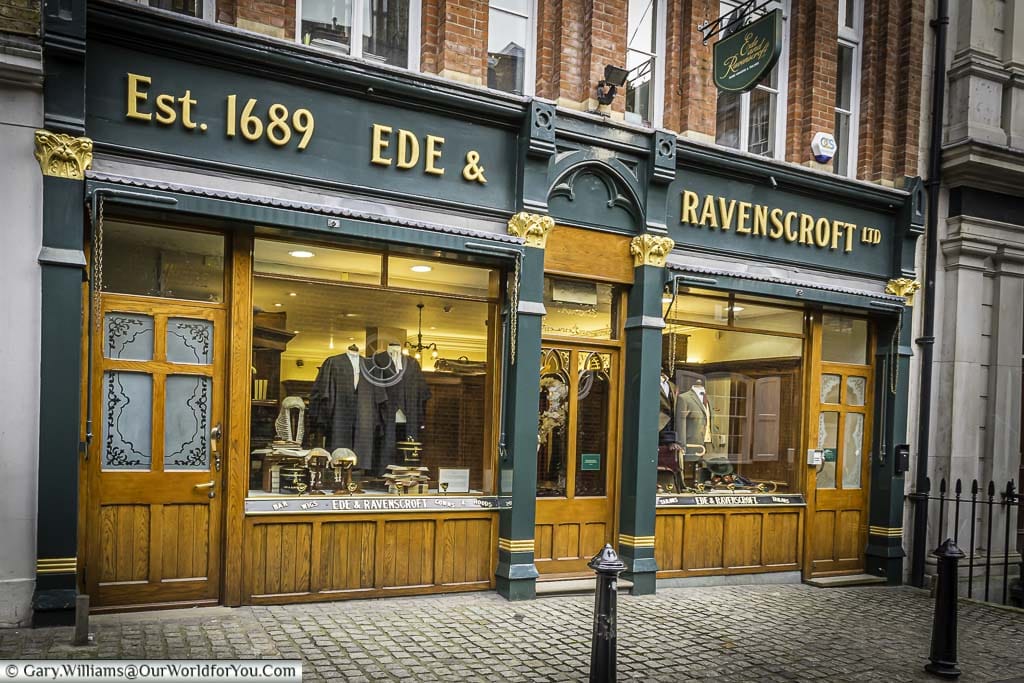
Where to stay in London
You may be surprised, but you stay within easy walking distance of Temple. This can be your base to discover the City of London, the West End, and much more besides.
There are plenty of choices, why not check out Booking.com for something that suits your requirements?
London's little treasures
Is this really the 21st century?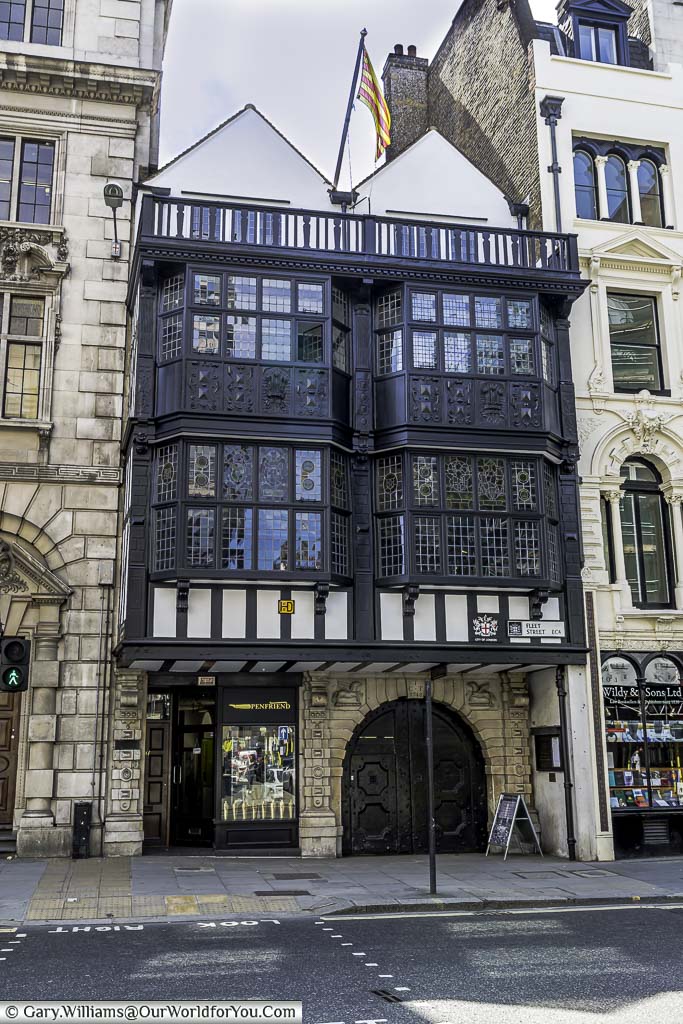
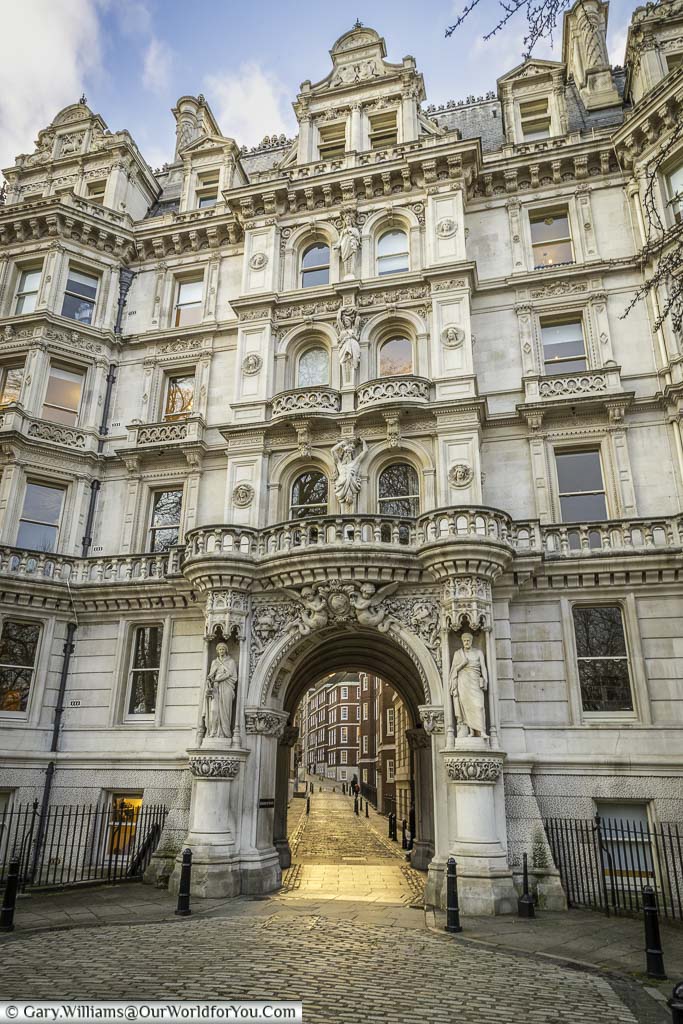
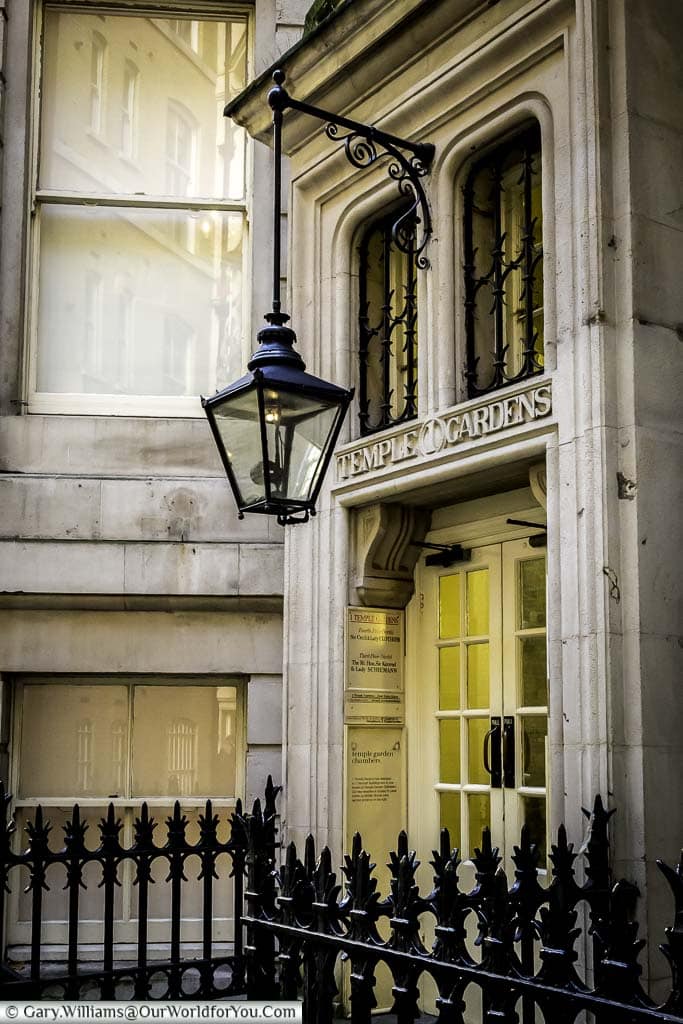
If you've yet to discover London and its ancient history, then let's start planning. I find these DK Eyewitness Travel Guides invaluable. They're extremely informative, easy to follow, and the pictures and maps tempt you into discovering more of those fascinating sites.
You can now grab a recently revised copy of this guidebook, so you won't miss a thing.
Exploring London
9 to 5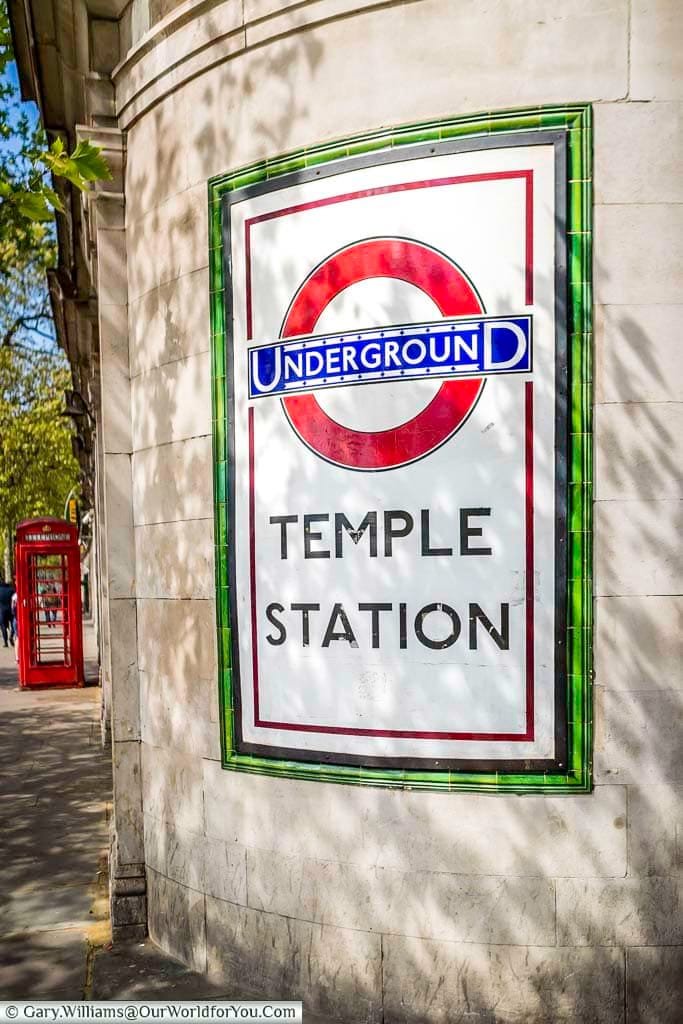
Tube Station Walks
We love to explore London on foot; a great way to break it into bite-sized pieces is to pick an underground station.
Why not browse our posts on tube station walks to find out what we uncovered in different districts?
Historic London
Knights take command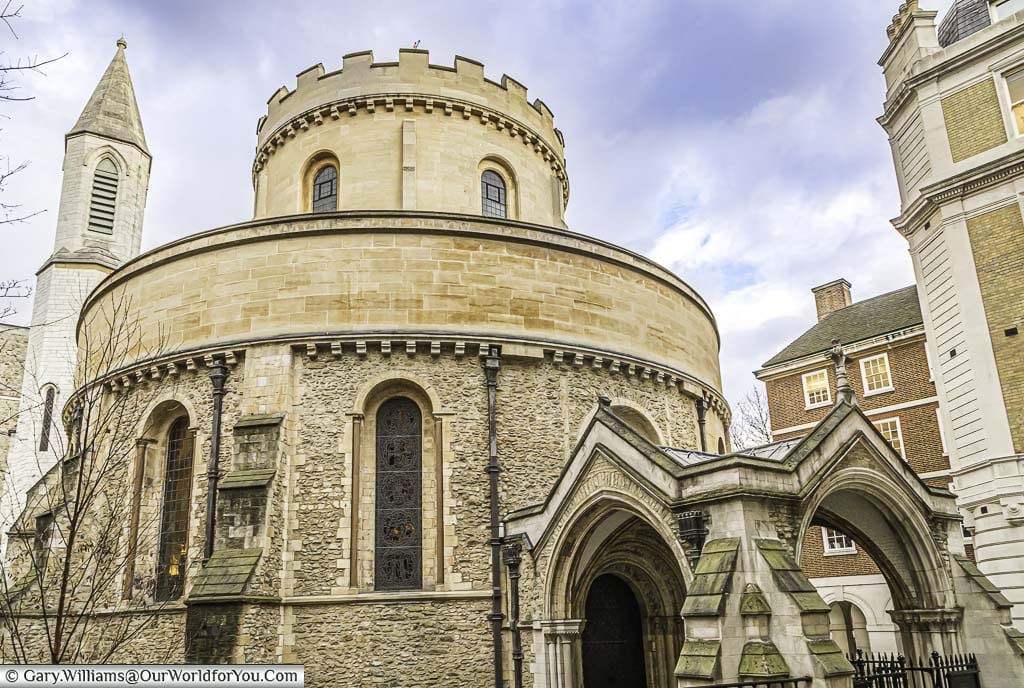
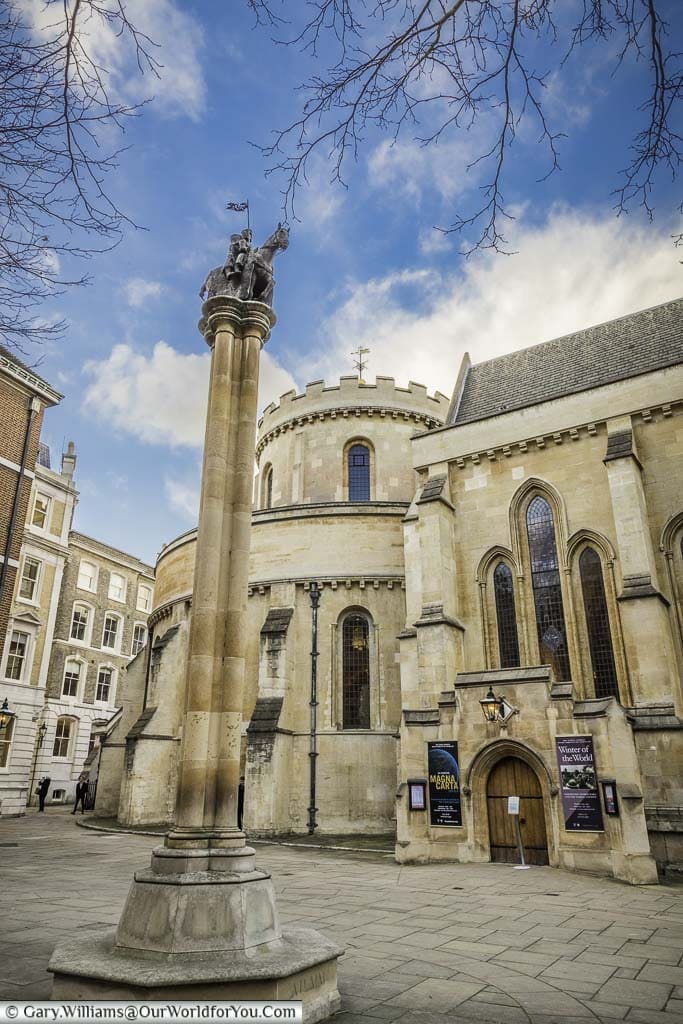
The oldest and most distinctive part of the church is the round nave, which was consecrated in 1185, believed to be in the presence of King Henry II.
The second section, the chancel, was added to the Round Church half a century later.
Inside Temple Church
View from AboveTemple Church has been greatly restored due to Second World War bomb damage.
The round church is 55ft in diameter, and you are able to climb the winding steps to the top and look down upon the chancel through the arched gallery.
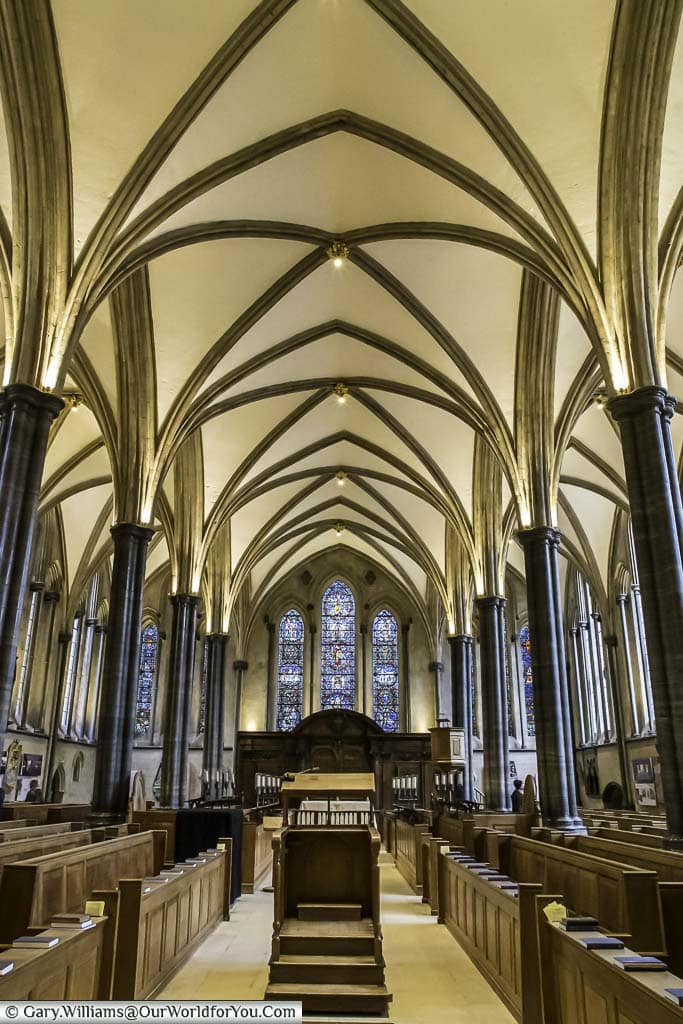
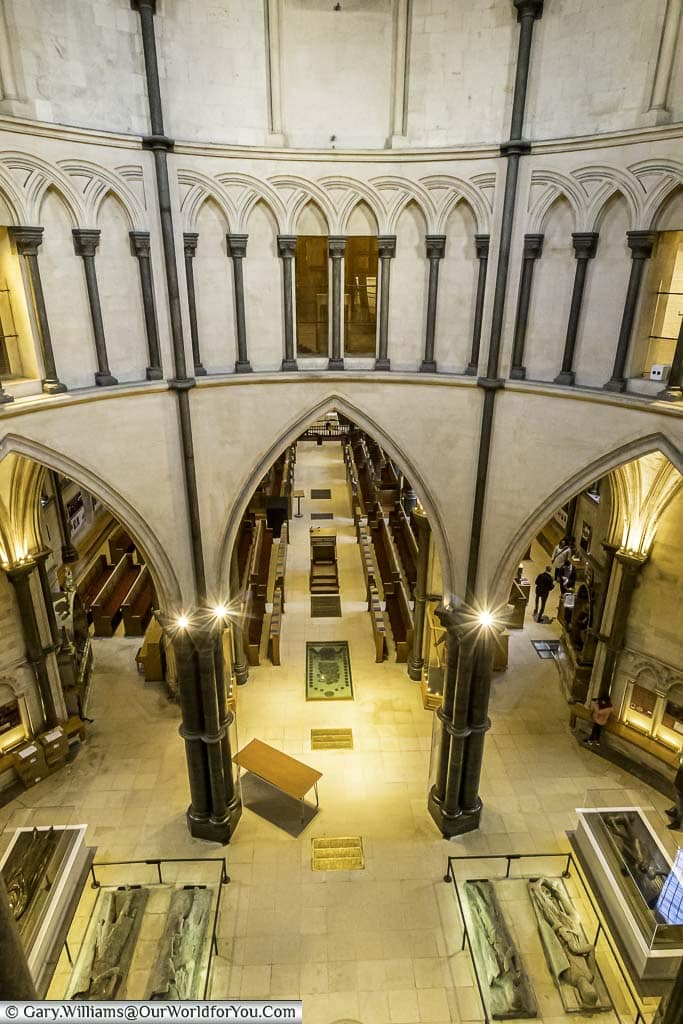
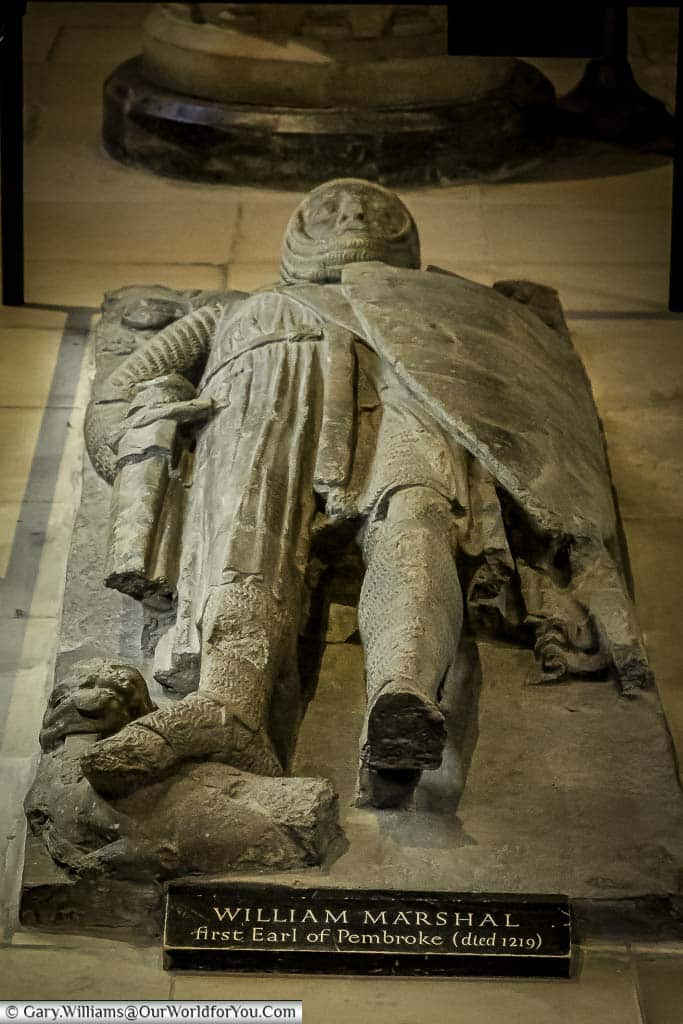
* This post may contain links to affiliated sites where we earn a small commission at no additional charge to you.
